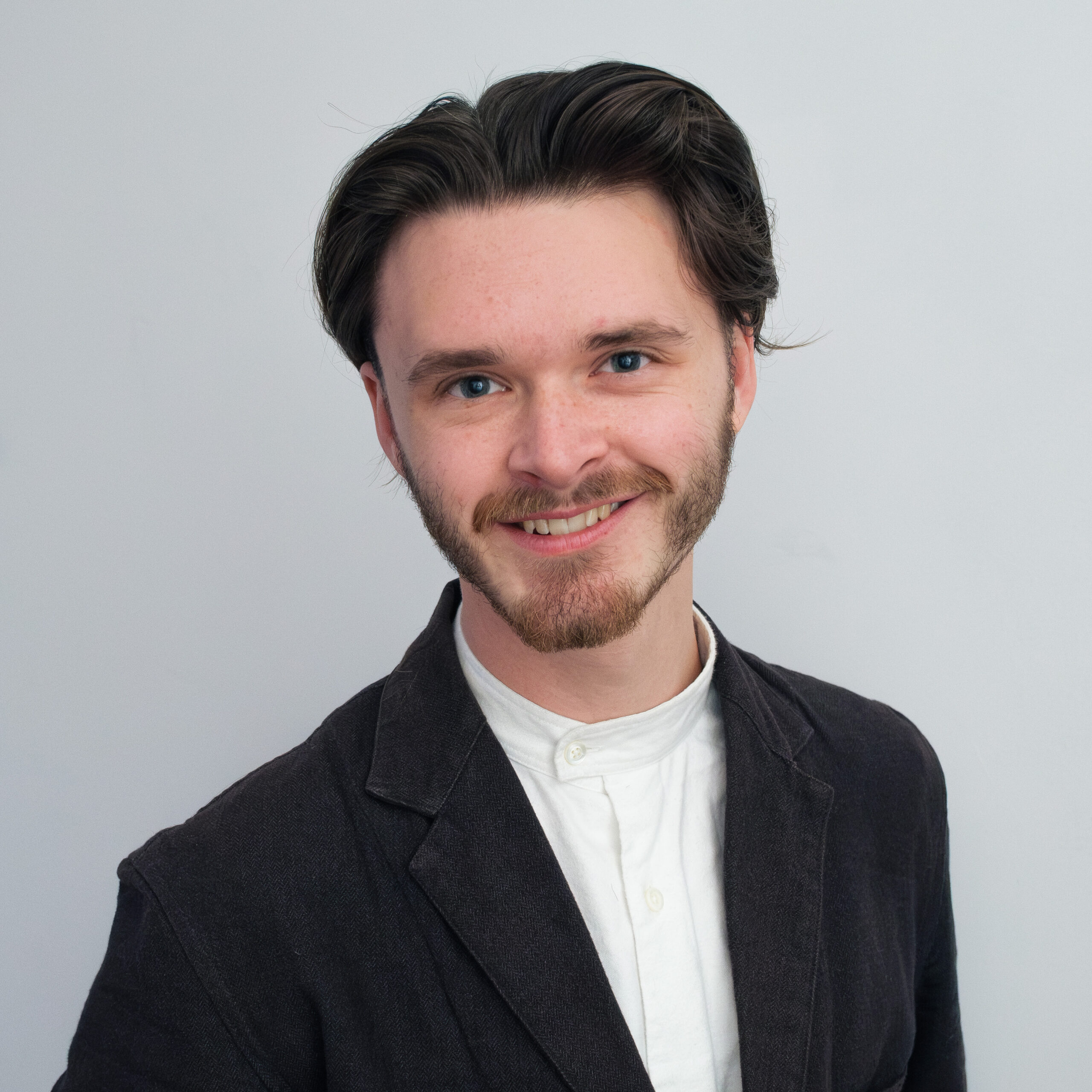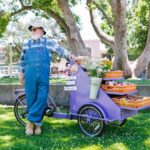In Public Health Watch’s first-ever podcast, reporter and host David Leffler follows two “stubborn Texans” as they fight the petrochemical industry encroaching on their working-class Houston suburb. The podcast’s central subjects, Carolyn Stone and Greg Moss, are nuanced and characterful: gun-carrying, Trump-voting, former petrochemical workers deeply committed to protecting their own backyards when the government agencies that should have helped have failed them.
“Fumed”, which won the Bronze award in the Regional/Local category of the 2025 Barlett & Steele Awards, uses the tools of investigative journalism both to uncover environmental injustices on the San Jacinto River and to give a direct voice to the people affected by them. Leffler and the project’s editor, Susan White, spoke to the Reynolds Center about how it was made.
The tip
In 2022, Leffler was working on a story about a 2019 fire at a chemical storage site on the banks of Houston’s Buffalo Bayou, opposite the suburb of Channelview. Tim Doty, a former environmental scientist at the Texas Commission on Environmental Quality, was a key source. “He kind of just mentioned offhandedly,” says Leffler, “‘If you think this is bad, have I got a story for you.’”
Years before, Doty had made several recordings of dangerous chemical levels in Channelview. He felt it was futile to advocate for Channelview within TCEQ, says Leffler, but he made detailed memos of his findings. “He wanted to be able to return back to it later and hopefully leave breadcrumbs for a reporter.”
“For any good story, especially in this field,” Leffler says, “you need good data and you need good characters — and you don’t need both of them at once.” Doty’s “good data” led Leffler and his PHW colleagues across the Bayou to report on Benzene pollution in Channelview, resulting in a story covering how petrochemical company K-Solv was enabled to expand over decades in the unincorporated area, putting residents at elevated risks of leukemia and other cancers. But this was just the beginning of Leffler’s reporting in Channelview.
Finding Carolyn and Greg
“We never went into this saying: Oh, we’ve got to do a podcast, we’re searching for two people,” says White, but as Leffler and his colleagues’ reporting developed, the PHW team became as fascinated by the characters pushing back against the polluters in Channelview as much as the polluters themselves.
“These people have been underestimated their entire life,” says Leffler, and yet they were taking great strides to uncover how their neighborhood was being affected by some of the most powerful forces in the state. One of “Fumed”’s two central characters, Carolyn Stone, “doesn’t have any formal education in this kind of stuff,” says Leffler, “but has dedicated probably the equivalent of a master’s program, if not more, toward to getting to know … how certain data works and how certain laws work.”
Stone’s central role in the story was “evident early on,” says Leffler. In 2019, she had founded the Channelview Health & Improvement Coalition, and was a key source in the first story. “And then here comes Greg, and he’s loud as hell, he curses a bunch, he’s like a character from a TV show,” Leffler says of the series’ other primary character, Greg Moss, who suspects K-Solv to be responsible for burning down his house during the course of Public Health Watch’s reporting. “But then you sit down and talk with him and … this guy is spending his own time and money and, as we find out in the podcast, risking his own life and well-being to this stuff.”
“Once those two people emerged, we saw the podcast,” White says, with the medium providing Channelview’s residents more representation and agency in the story by having their voices heard directly. It was a platform to “wow people with how nuanced they are,” says Leffler.
Public Health Watch’s first podcast
But while White and Leffler may have been compelled by the voices of Channelview residents, Leffler was less confident about his own potential as an on-air host. “I’d never had a desire to make [a podcast],” he says. “I didn’t like my voice … I just didn’t know how to do it.”
But the medium presented other opportunities to get their reporting to a wider audience. The huge popularity of true crime podcasts offered a model for “Fumed.”
“If someone’s obsessed with serial killers,” Leffler says, then “Exxon Mobil kills like 100 times that every year!” While much of the series’ core investigative findings rest on corporate wrongdoing, failing regulation, and complex chemistry, anchoring them in compelling characters like Stone and Moss allowed Public Health Watch to humanize this injustice for audiences. During the writing process, White would tell Leffler, “Everything is motion and emotion. There always has to be something going on or someone feeling something.”
That doesn’t mean any normal investigative standards slip: “Every sentence in there was fact-checked so many times … even the most casually written sentence was based on something that we could identify.
Turning up, again and again
“Motion and emotion” is also a fitting slogan for how Leffler reported “Fumed.” Based over three hours away in Austin, Leffler made more than 40 trips to Channelview and conducted over 100 interviews. “David is exceptional among reporters because he really cares about people,” says White. “He takes the time to ask the questions that don’t necessarily lead to punchy quotes, but can … he’s asking them about their background and all the things that matter to them, and Carolyn’s painting. And as those questions go on, then they make people relax. And then they say the things that they would not say to someone who did not take that time.”
While Leffler arrived as a “journalist from liberal Austin,” his long-term commitment to Channelview built deep trust with the community – and it hasn’t ended with “Fumed”’s release. Leffler is still updating the community about his reporting, posting videos in the Channelview Health and Improvement Coalition Facebook group, and is at work on follow-up episodes of the podcast. And after such a long time in Channelview, Leffler himself became sick. “I — off and on for over a year — was coughing up blood,” he says. “It was a short look into what these people have to go through.” And while he can’t be certain if the issue came from pollution in Channelview, as his visits to the community became more infrequent during the writing process the problems stopped.
This slower pace of production was enabled by Public Health Watch’s model as a nonprofit investigative newsroom: time to report deeply, as well as time for Leffler and other PHW journalists to learn new skills. As well as being green to podcasting, Leffler hadn’t worked on investigations before joining PHW. But, as White says, “the definition in my book is someone who asks questions and keeps asking. And the answer to every question is usually another question. That is an investigative reporter.”











